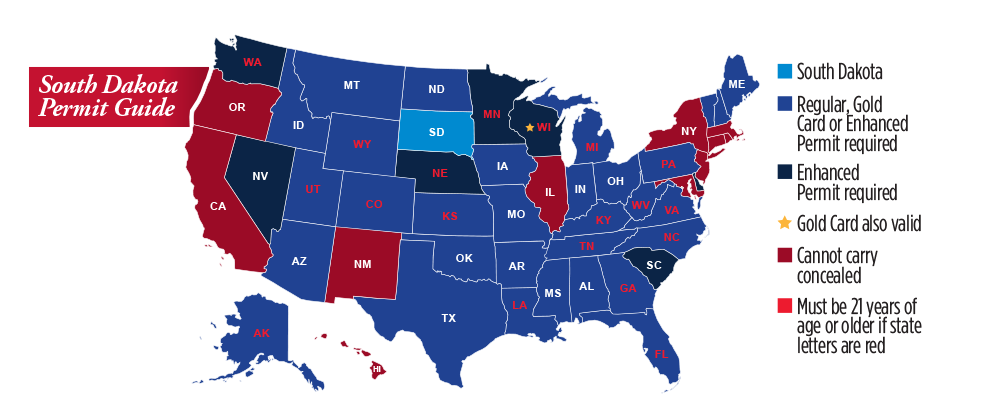Table of Content
The week concluded with Alaska, Colorado, Idaho, Minnesota, Montana, New Hampshire, North Carolina, and Washington, D.C. Becoming the latest U.S. states and territories to announce mandatory statewide and territory-based “stay-at-home” orders. Pennsylvania’s governor also continued to add counties to the state’s “stay-at-home” order this week. Between March and April 2020, 43 governors issued orders directing residents to stay at home and nonessential businesses to close in response to the coronavirus pandemic. All Democratic governors issued stay-at-home orders in their states, while 19 of the 26 Republican governors issued stay-at-home orders. Maryland is also allowing Montgomery and Prince George’s counties, which border D.C., to maintain stay-at-home orders, while lifting them for the rest of the state.
The table below includes the states that issued a statewide order, the dates of the order, and a link to the executive order. Some local regions in states also require masks, such as Birmingham, Alabama; Anchorage, Alaska; the Bay Area and LA area in California; Baltimore, Maryland; Durham, North Carolina; and Washington, DC. Nearly every state has allowed retail operations to reopen, though some only for curbside pickup. Colorado, Michigan, Minnesota, Nevada, and Washington state have been allowing curbside pickup since early May.
Restrictions lifted in Maine
Although some restrictions do remain in place, several businesses — including salons, gyms, retail stores, and golf courses — have been allowed to reopen with precautions. On March 19, 2020, California Gov. Gavin Newsom issued an order directing all residents to stay at home except for trips for essential supplies and closing all businesses deemed nonessential by the state. Although the specifics of each order varied from state to state, they each required residents staying home and businesses closing statewide. In the coronavirus case tallies shown on this page, The Times is including cases that have been identified by public health officials as probable coronavirus patients. Gov. Pete Ricketts, a Republican, announced on May 24 that the state would be ending all directed health measures, including quarantine and isolation requirements.
Ms. Phillips is a business development professional with 30+ years experience helping organizations apply data to solve complex problems. Before joining the Plan in 2017, Jones held executive leadership roles within the State at NC Department of Health and Human Services and NC Department of Administration. In addition, her private sector senior leadership experience across strategic operations and financial roles includes 11 years with Time Warner Cable and six years at Siemens Energy & Automation.
States that issued orders
Masks are no longer be mandated statewide, but individuals are strongly encouraged to wear a mask or other facial covering when in public and in close contact with other people. The mask-or-proof-of-vaccination requirement for Rhode Island businesses and other indoor venues was lifted Feb. 11. The mandate had been in place since Dec. 20, 2021, Rhode Island had lifted almost all of its remaining coronavirus limitations May 21, 2021.

All across the country, mask mandates have eased, restrictions have lifted and most states have gone back to business as usual. It appears nearly the entire country will be open with few restrictions by the Fourth of July. President Trump declared a state of emergency on March 13, 2020 to strenghten the government's response, though he has held short of implementing a national lockdown. Several states declared their own emergencies before that and a patchwork response to the pandemic has now emerged which could undermine efforts to curb its spread. It can still be carried from critically-affected regions into lower-risk areas.
Vermont About 626,000 people
Early legislative efforts to curtail the emergency powers of Gov. Laura Kelly, a Democrat, resulted in decisions about restrictions being left up to individual counties. Ms. Kelly issued a statewide mask mandate in July 2020, but counties were allowed to opt out of the order under state law. On April 1, Ms. Kelly re-issued the mask order, but it was quickly overturned by state lawmakers. Some states continue to require the use of masks for unvaccinated people, and some governors are still mandating that businesses observe social distancing rules, even as they lift capacity limits.
From 1997 to 2001, Ms. Corlette worked as a professional staff member of the U.S. After leaving the Hill, Ms. Corlette served as an attorney at the law firm Hogan Lovells, where she advised clients on health care law and policy relating to HIPAA, Medicare and Medicaid, and the Food, Drug and Cosmetic Act. Carissa Dougherty, LCSW, has over 18 years experience providing direct clinical practice, program management, and policy work. Ms. Dougherty previously managed an array of permanent and transitional supportive housing programs for persons with mental health and substance use issues. She has co-chaired the local homeless Continuum of Care and provided Mental Health First Aid training to hundreds of homeless service and housing providers. Judith Ann Theriot, MD, CPE, is the Medical Director for the Kentucky Department for Medicaid Services and has served in that capacity since May 2019.
This Center has analytic and operational responsibilities for health care practitioner initiatives in the state including development of an All Payer Data Base and the Patient Centered Medical Home Program. Mr. Steffen serves as a spokesperson for the Commission at state and national levels on state health care expenditures, physician work force, physician uncompensated care, and information security. Mr. Steffen holds a Master’s Degree from American University and has completed post-graduate work at the University Of Michigan. Before joining HHS, Tsai was a Partner and leader in McKinsey & Company’s Healthcare Systems and Services practice.

In a handful of more rural states — Arkansas, Iowa, Nebraska, North Dakota and South Dakota — governors held off on imposing stay-at-home orders, favoring other restrictions amid intense pressure to take stricter action. A few other states have partial orders in place, issued locally by cities or counties. All 50 states have eased at least some of their lockdown restrictions and allowed certain businesses to reopen. In Vermont, retail stores are allowed to reopen Monday, but only at 25 percent capacity. Twenty-eight counties in Oregon can begin reopening restaurants, bars, salons and gyms on Friday.
Gov. Phil Scott, a Republican, fully reopened the state on June 14, after 80 percent of residents 12 and older had received at least one vaccine dose. Gov. Dan McKee, a Democrat, lifted capacity limits on businesses and social gatherings on May 21. Nightclubs may operate without restrictions if proof of vaccination is required. Under updated protocols, masks are no longer required outdoors and are not required indoors for vaccinated individuals. States have moved closer to lifting all restrictions on businesses and gatherings as the vaccination campaign has progressed. In the few states that have yet to fully reopen, governors have set targets for doing so based on vaccination rates or other health measures.
Unmasked and unvaccinated K-12 students and staff members can remain in class after in-school exposure to the virus if they wear a mask for 14 days under the most recent state guidance. Ohio lifted the state mask mandate and all remaining coronavirus health orders except those for nursing homes and assisted living facilities on June 2, 2021. Gov. Steve Sisolak announced an end to the state's mask mandate Feb. 10, ending a regulation that had been in place since late July 2021.






























